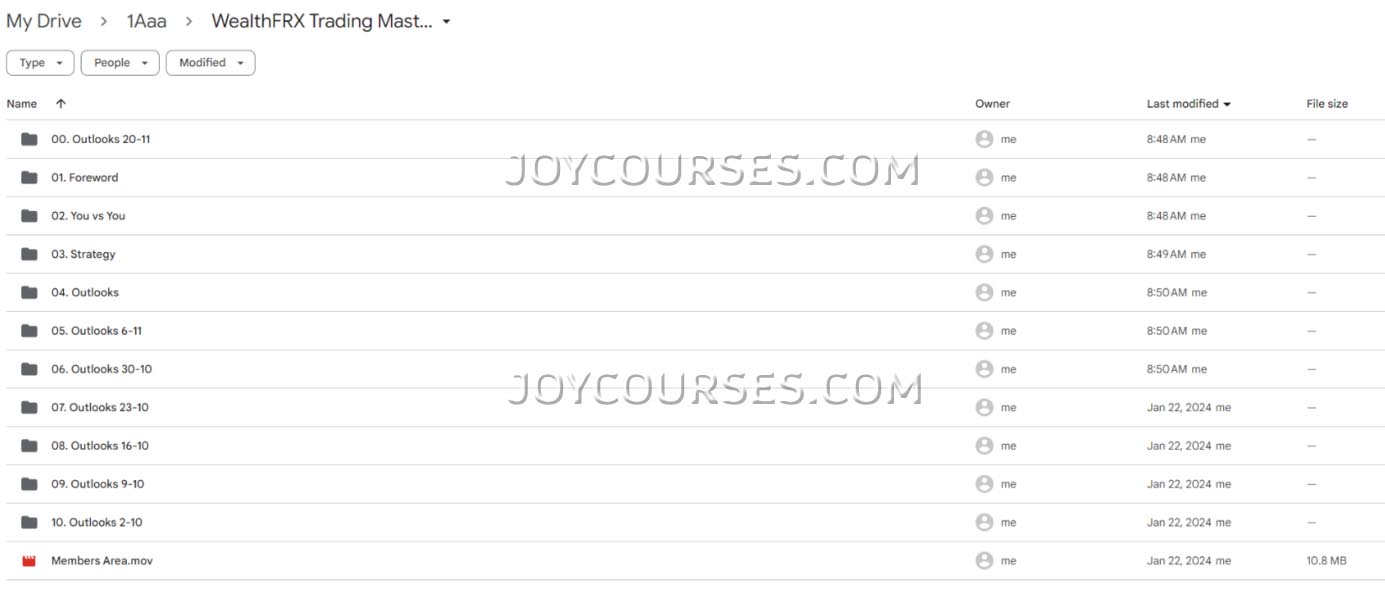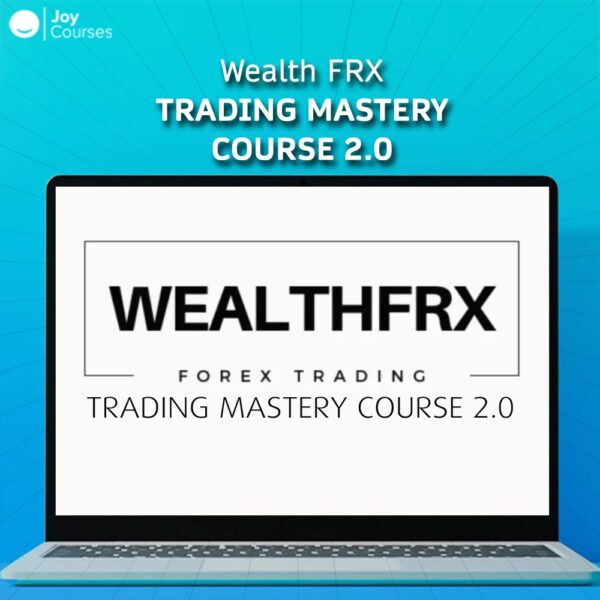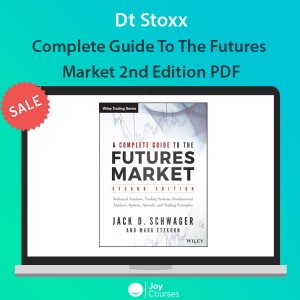Description
Download proof | Wealth FRX Trading Mastery Course 2.0 (Course Size: 5.66 GB)
![]()

The Wealth FRX Trading Mastery Course 2.0 is a program designed to guide both beginner and intermediate traders through the essentials of Forex trading. The course typically focuses on foundational trading skills, technical analysis, risk management, and strategies for consistent trading performance in the forex market. Below is a general outline of what the course often covers:
1. Introduction to Forex Trading
- Forex Market Fundamentals: Understanding currency pairs, market participants, and the basics of how Forex trading operates.
- Trading Platforms and Tools: An overview of popular trading platforms like MetaTrader 4/5 and TradingView, including basic setup and usage.
- Market Hours and Volatility: Learning about the best trading times, key sessions (London, New York, Tokyo), and how volatility affects trading.
2. Technical Analysis Essentials
- Understanding Charts and Price Action: Learning how to read candlestick charts, identify trends, and spot key support and resistance levels.
- Indicators and Oscillators: Overview of popular indicators like moving averages, RSI, MACD, and how to combine them for better signal accuracy.
- Pattern Recognition: Identifying and trading chart patterns like head and shoulders, double tops/bottoms, triangles, and flags.
3. Advanced Technical Analysis
- Fibonacci Retracements and Extensions: Using Fibonacci levels for identifying potential reversal points in the market.
- Elliott Wave Theory: Applying the principles of Elliott Wave Theory to predict market movements and improve timing on trades.
- Multi-Timeframe Analysis: Combining signals from different timeframes to confirm trends and entry/exit points.
4. Trading Strategies and Setups
- Scalping, Day Trading, and Swing Trading: Exploring different trading styles and deciding which approach aligns with personal goals and schedules.
- High-Probability Setups: Identifying high-probability entry points and mastering key strategies, including breakout and trend-following setups.
- Backtesting and Optimization: Learning how to backtest strategies on historical data to evaluate effectiveness and refine techniques.
5. Risk Management and Psychology
- Position Sizing and Leverage: Calculating position sizes and using leverage responsibly to maximize gains while managing risk.
- Stop Losses and Take Profits: Setting effective stop-loss and take-profit levels to protect profits and minimize losses.
- Mindset and Emotional Control: Developing discipline, patience, and focus to manage emotions like fear and greed, which can impact trading success.
6. Fundamental Analysis
- Economic Indicators and News Events: Understanding the impact of major economic indicators like GDP, employment rates, and central bank announcements.
- Forex Correlations and Commodity Influences: Learning about currency correlations and how commodities like gold and oil affect currency pairs.
- Trading News and Events: Developing strategies for trading around significant news events and avoiding risks associated with volatility spikes.
7. Developing a Trading Plan
- Goal Setting and Strategy Alignment: Establishing clear trading goals and aligning chosen strategies to achieve them.
- Risk-Reward Ratio and Win Rate Goals: Setting achievable targets for risk-reward ratios and desired win rates.
- Trade Journaling and Review: Tracking all trades to assess performance, identify strengths, and find areas for improvement.
8. Live Trading and Case Studies
- Real-Time Analysis: Learning how to apply strategies in live market conditions, using real-time data and examples.
- Case Studies on Successful Trades: Reviewing past successful trades to understand the elements that contributed to profitable outcomes.
- Group Mentorship and Feedback: Gaining insights from instructors and peers to improve skills and receive personalized feedback.
9. Automated and Algorithmic Trading Basics
- Introduction to Trading Bots: Learning about automated trading, algorithmic strategies, and how to utilize bots effectively.
- Basic Coding for Forex Bots: An optional module for those interested in coding simple algorithms or modifying existing bots.
- Pros and Cons of Automated Systems: Understanding the benefits and potential drawbacks of automated trading systems.
10. Scaling Up and Professional Trading Techniques
- Risk Management for Large Accounts: Adjusting strategies to handle larger trading capital and managing risks associated with growth.
- Trading as a Business: Treating trading like a professional business, including setting budgets, managing accounts, and tax considerations.
- Future Market Trends: Staying updated on emerging trends in Forex and other financial markets, such as crypto, commodities, and indices.
The Wealth FRX Trading Mastery Course 2.0 is designed to be comprehensive, covering everything from foundational knowledge to advanced strategies and real-world application. Its focus on both technical and fundamental analysis, alongside risk management and trading psychology, aims to help traders develop a well-rounded skill set for consistent success in the Forex market.













